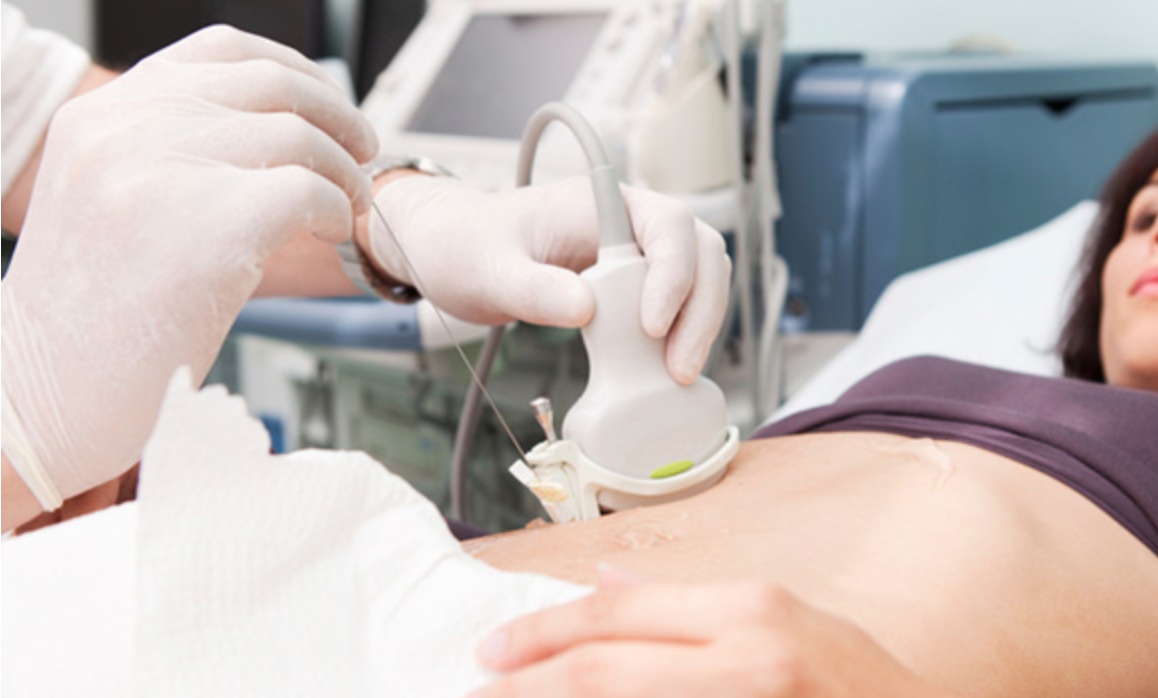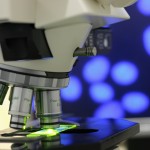By Peter G. Traber, M.D. on January 20, 2016
Several of my past CEO Perspectives have touched on the need for a non-invasive test in diagnosing and following treatment of fatty liver disease, non-alcoholic steatohepatitis (NASH), and cirrhosis. Currently, the only broadly accepted way to assess a patient’s condition is via a liver biopsy, an invasive method that is fraught with both potential side effects and inaccuracies. It would be a major benefit for physicians and patients if there was a simple, non-invasive test that would enable us to diagnose and track the progression of disease without resorting to biopsy.
There are a number of reasons why we lack a good non-invasive test for NASH and liver fibrosis. Some of them relate to the nature of the liver itself, others to the nature of the disease. In my next few blog posts, I’d like to explore these issues and review some of the more promising approaches for developing an effective non-invasive test for NASH and liver fibrosis.
The liver is different than other organs
There are characteristics of the liver that make it very different than other organs. For example, while the liver does many important things for the body, it’s hard to measure its functions. You can easily assess the function of the heart by measuring the heart rate and blood pressure, or the lungs by measuring the breathing rate, the oxygenation of the blood and asking the patient whether they are having shortness of breath. For the liver, it’s not easy to determine how it’s functioning from either physical exams or talking to the patient.
We also only have one liver, and it’s so important that it has a tremendous reserve capacity. You can knock out a high percentage of the liver and it still functions effectively to keep people alive. It’s a very resilient organ, and, for that reason, diseases can affect the liver for a long time before the liver function starts to fail. That’s one of the reasons why NASH patients can have inflammation in their liver and progressing fibrosis for decades with no or minimal symptoms and no adverse effects until late in the disease progress. Seemingly suddenly, they have cirrhosis.
These two characteristics – the lack of visibility to function and the large reserve capacity – make it difficult to assess liver function in chronic diseases. For instance, one of the functions of the liver is to remove hemoglobin pigments, which are formed into bilirubin and excreted by the liver into the gut. When this function backs up, it causes jaundice. Acute situations like acute viral hepatitis or a blocked bile duct will cause jaundice almost immediately. With a chronic liver disease like NASH, a patient won’t become jaundiced until very late in the disease. A large proportion of the liver can be compromised, and it can still excrete an adequate amount of bilirubin. The same holds true with the drug and glucose intermediary metabolism performed by the liver.
Why we rely on liver biopsy, and why we need something better
Because it is difficult to assess liver function, biopsy has been the mainstay for liver diagnosis for many years. Liver biopsy is often very important for assessing the cause of liver disease (etiology) and the extent of the disease (i.e., the degree of fibrosis). In fact, you cannot definitively determine whether somebody has NASH without doing a liver biopsy.
However, liver biopsies are invasive and are not without risk. The liver resides under the right diaphragm, and part of it is above the ribs and part of it below. In a liver biopsy, a needle is inserted between the ribs and then into the liver. This is a large needle, around twice the diameter of the needles used to draw blood. When the needle is pulled out, a core of liver tissue remains inside of the needle, and that is what is used for the evaluation. While a patient’s side and ribs will be numbed for the procedure, there is no way to numb the surface of the liver, so the biopsy procedure can be painful.
Then there are complications associated with performing the biopsy. The worst complication is bleeding. If the liver gets ripped and bleeds into the abdominal cavity, it can be catastrophic. The needle can also hit other things by mistake, such as the gall bladder. If the gall bladder leaks bile out into the abdomen, it could lead to emergent surgery. A liver biopsy is not a pleasant test, and there are potentially bad complications.
Despite our reliance on liver biopsies as the sole tool for definitive diagnosis of liver fibrosis, there are also potential problems in the accuracy of the findings, particular in assessing the extent of fibrosis. First, the biopsy tests only 1/50,000th of the liver, and the damage in liver fibrosis is usually heterogeneously distributed (patchy) throughout the liver. Given the large functional reserve of the liver, is it is difficult to be completely certain that such a small sample is representative of the overall health of the organ. Interpretation of the sample is also somewhat subjective. While many histological determinations are straightforward, determination of the degree of inflammation, bile duct damage and severity and location of fibrosis is left to the judgment of the pathologist.
Liver biopsies are now uncommon, but that may change
Relatively few liver biopsies are currently being performed in the U.S. Given that there is no current treatment for NASH, many doctors and patients decide that undergoing a liver biopsy is an unnecessary risk. A biopsy might confirm a diagnosis of NASH, but it will not change treatment at all.
As treatments do become available, we will need a better way of diagnosing NASH and importantly following its treatment. We have run into this issue in our NASH-CX clinical trial. We perform a liver biopsy of the participants at the beginning of treatment — to confirm a diagnosis of NASH and provide a baseline to compare against after treatment with GR-MD-02 — but it is simply too invasive and too risky to perform biopsies during the course of treatment. We are using other methods to evaluate progress during the studies, followed by a final biopsy at the end of the studies to confirm what was being observed.
In future CEO Perspectives, I will explore some of the non-invasive tests that are being developed.
These “CEO Perspectives” are a regular feature of our communication activities and may contain forward looking statements within the meaning of the Private Securities Litigation Reform Act of 1995. These statements relate to future events and use words such as “may,” “might,” “could,” “expect” and others. These statements include those regarding the hope that Galectin Therapeutic’ s development program for GR-MD-02 will show that it can be both safe and effective when used in combination with other drugs for the treatment of patients with cancer. For a discussion of additional factors impacting Galectin’s business, see the Company’s Annual Report on Form 10-K for the year ended December 31, 2014, and subsequent filings with the SEC. You should not place undue reliance on forward-looking statements. Although subsequent events may cause its views to change, management disclaims any obligation to update forward-looking statements.





